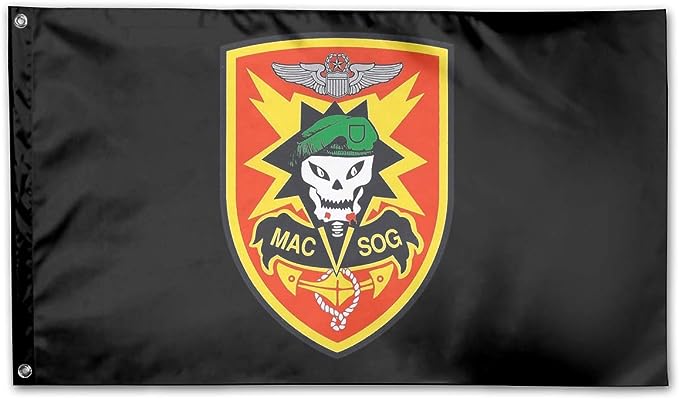By Peter Alan Lloyd

A Huey of the 20th Special Operations Squadron starts its descent (© Jim Green 20th SOS).
20th Special operations Squadron Reunion in Kokomo Indiana, 2013. (© Jim Bolen)


A Gunship attacks (note wisping smoke in the bottom left hand corner of the photo). (© Jim Green 20th SOS)
A Forward Air Controller and a 20th SOS helicopter on their way to an extraction (© Jim Green 20th SOS)


45 years later: Jim, unknown, Sgt. Ron DeCarlo and LTC Fred S. Lindsey (Ret) (© Jim Bolen)
Huey hovering above a small LZ whilst putting a SOG team into the Laotian Jungle (macvsog.cc)
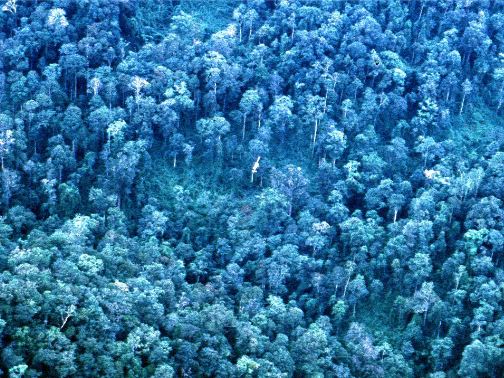

Loaded rocket pods (© Gary Cantrell)
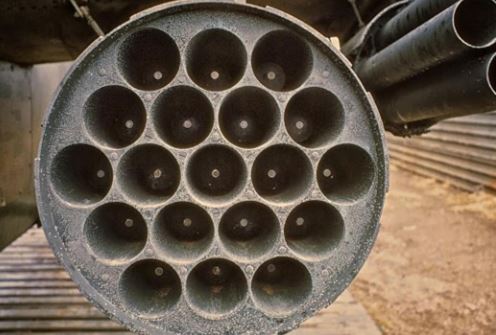

Two 20th SOS choppers on their way to an extraction. (© Jim Green 20th SOS)



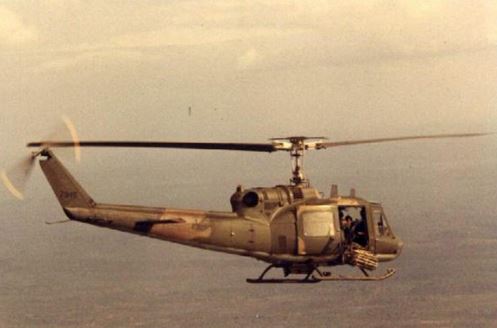
An SOS chopper on its way to an extraction, with a rolled-up ladder outside the door. (© Jim Green 20th SOS)
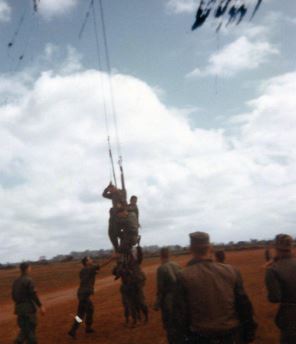
Special thanks to Jim Green for the use of his photos in this article.
Buy Jim’s Book on: Amazon: No Guts, No Glory









